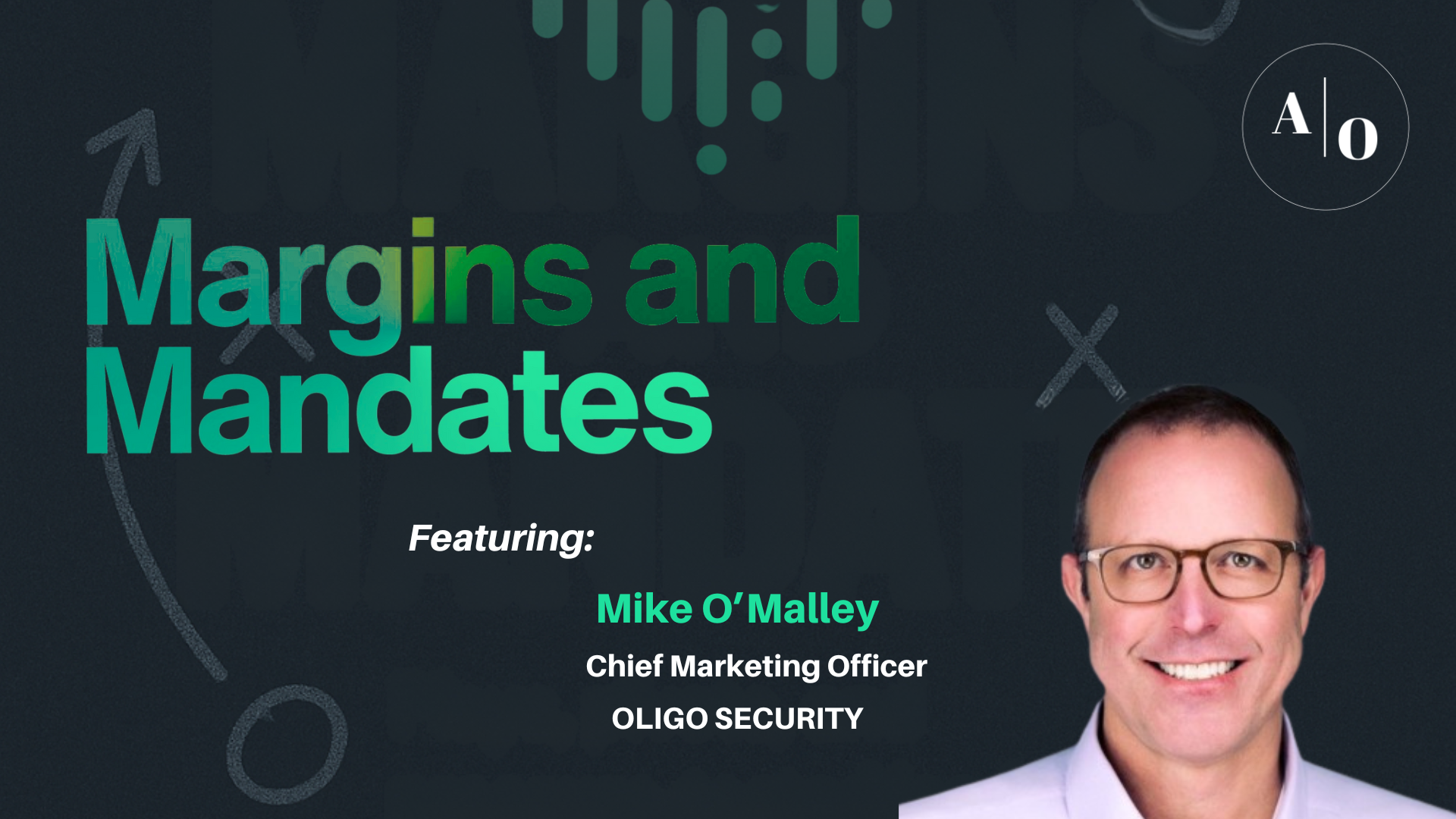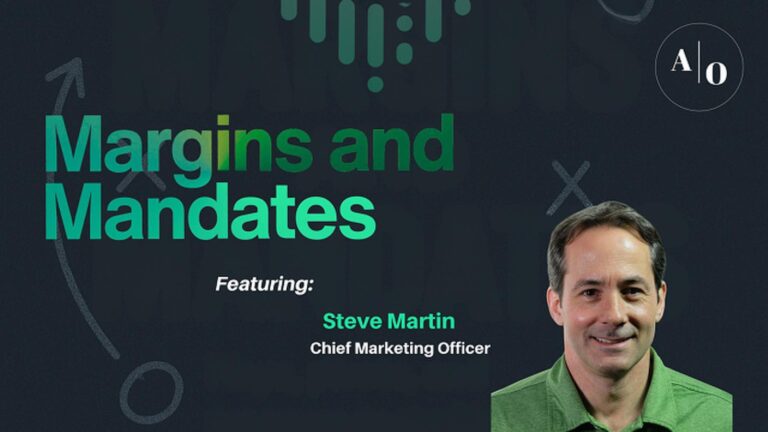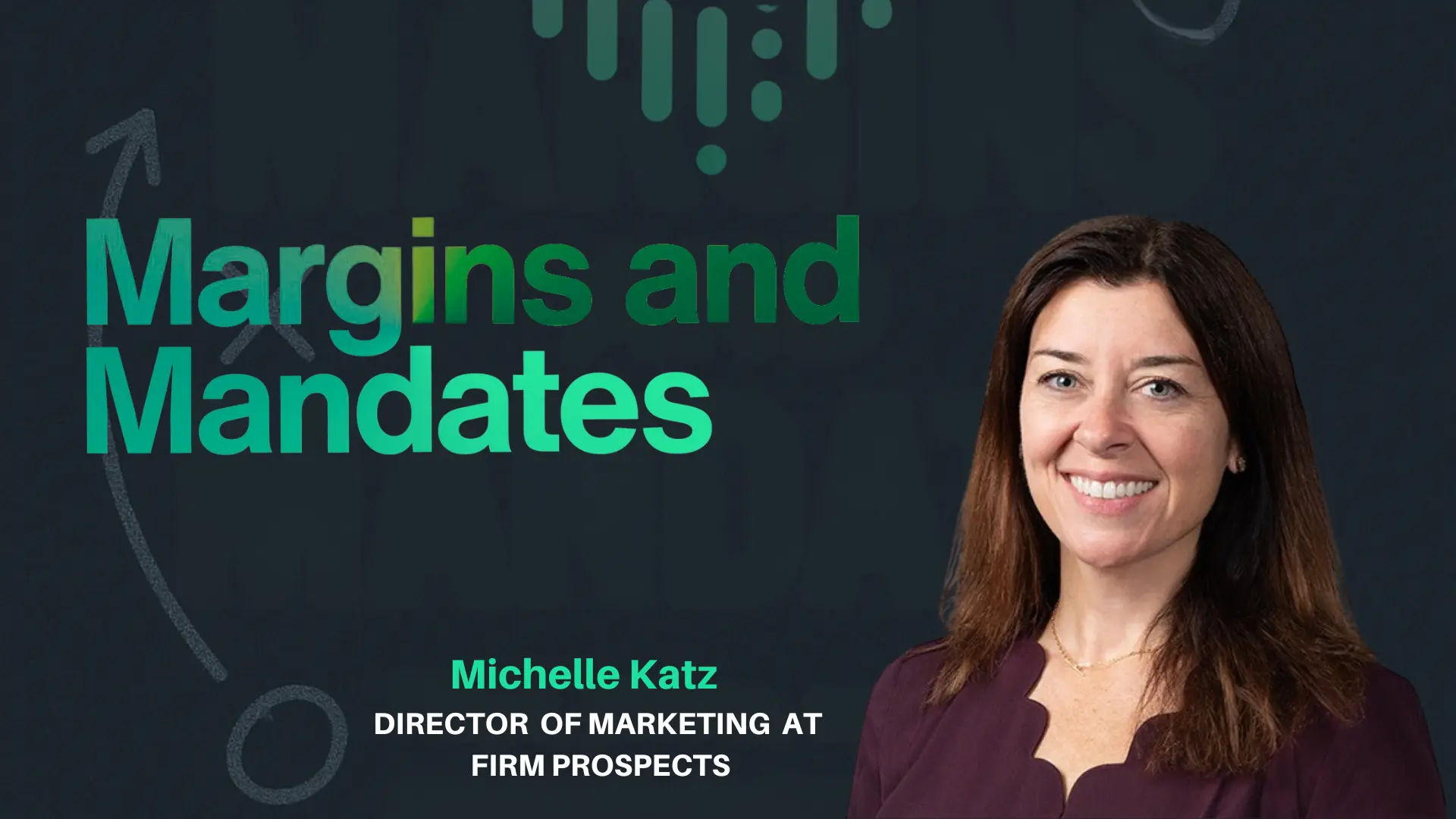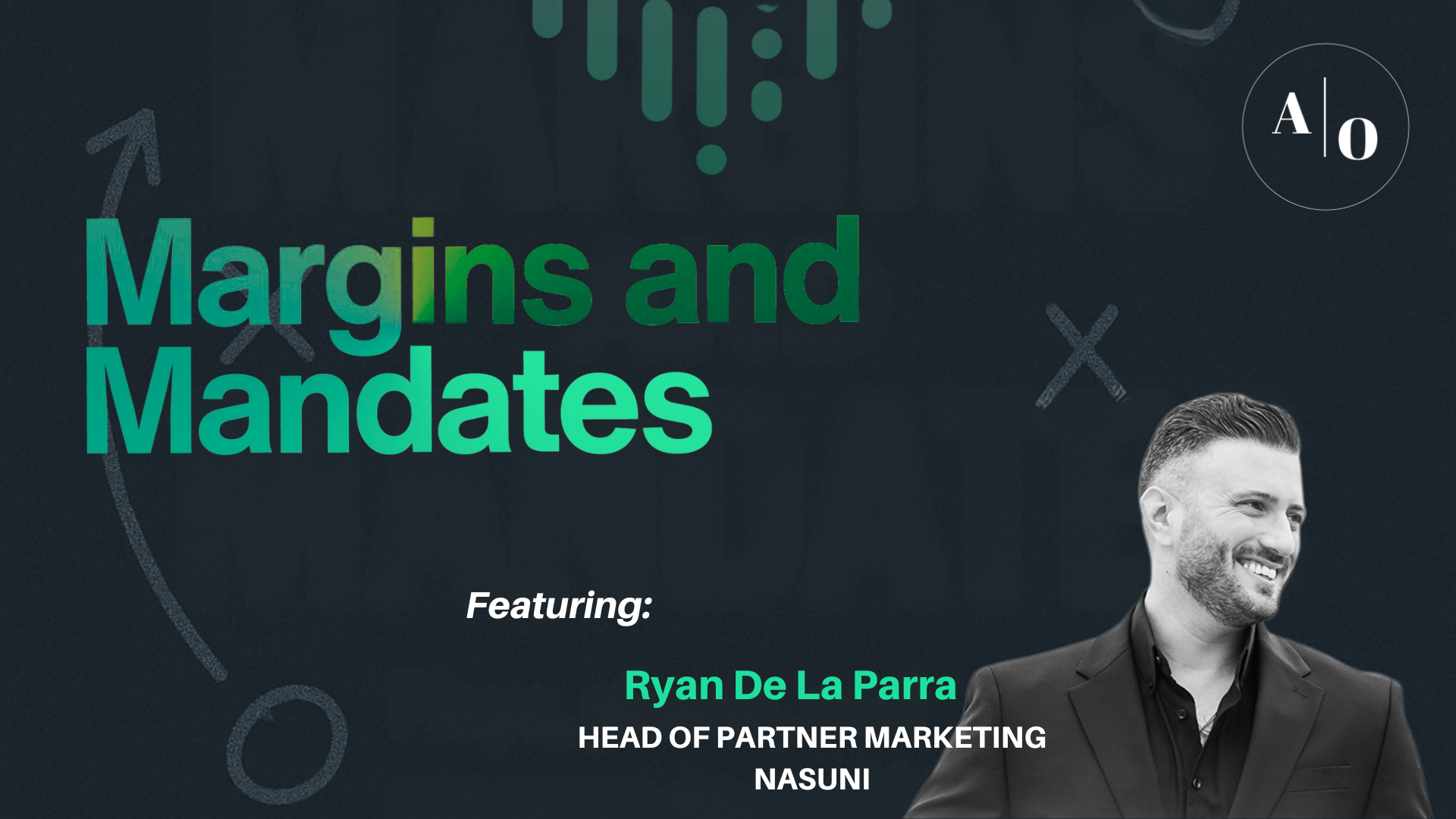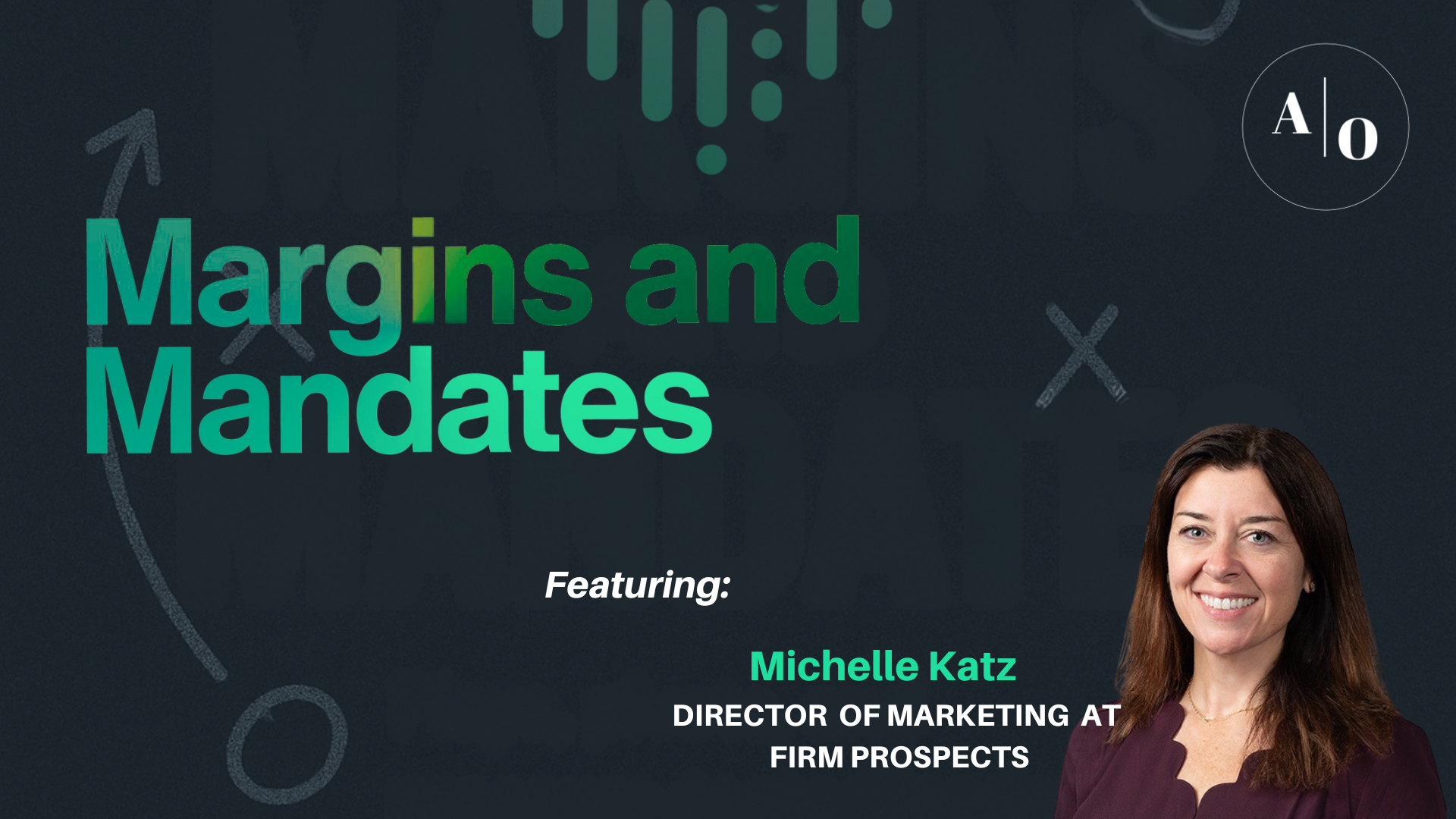In the recent post: 5 Predictions about the Future of Customer Success in 2024, Customer Success Yoda Nick Mehta sees a continuation of slow growth in CSM headcount as companies drive toward profitable growth. He also believes that AI is ready for primetime as a critical lever for driving CLTV (see our primer on measuring and improving CLTV). If you think that means chatbots handling support calls instead of humans, think again.
Our relationship with customers is awash with data. How we interpret and action that data to improve customer experience and predict/prevent churn has more potential for meaningful impact on CLTV than ever. Let’s explore how AI can be leveraged in five data-driven approaches that can transform your customer retention strategy today.
Churn Forecasting: From Reactive to Proactive
Gone are the days of relying on lagging indicators like historical churn rates. Predictive churn models, powered by AI and machine learning, leverage a vast array of data points – user engagement, sentiment in support tickets, feature usage, and even external economic factors – to accurately identify at-risk customers.
Actionable Tip: Enrich your data lake with diverse data points beyond standard metrics. User sentiment from social media channels, feature adoption rates, and in-app activity logs can significantly enhance your model’s predictive power.
Real-Time Usage-Based Optimization: Know Your Customers Inside and Out
Imagine having an X-ray vision of your customers’ in-app behavior. Real-time usage analytics provide just that, revealing every click, scroll, and sigh of frustration as they navigate your product. You can proactively address pain points and optimize the user experience before churn sets in by identifying areas of confusion, slow adoption, and feature underutilization. As McKinsey & Company emphasizes, “Personalization based on real-time usage data is the key to delivering frictionless user experiences and fostering long-term engagement.”
Actionable Tip: Implement robust in-app analytics tools like Intercom or Pendo that track user interactions on a granular level. Use these insights to A/B test different UI elements, personalize onboarding flows, and dynamically suggest relevant features based on individual usage patterns.
AI-Powered Segmentation: No More One-Size-Fits-All Marketing
AI-powered segmentation empowers you to group customers based on their unique characteristics, behaviors, and predicted churn risk. This allows for hyper-personalized marketing campaigns, targeted support interventions, and content tailored to their needs and pain points.
Actionable Tip: Start small by identifying a few key segmentation criteria, like active vs. inactive users or feature adoption profiles. Tailor your communication and outreach based on these segments, and gradually refine your segmentation strategy as you gather more data.
NLP: Decoding the Customer’s Voice
Customer feedback is a goldmine of insights, yet it often remains buried in unstructured text within surveys, support tickets, and social media mentions. Natural Language Processing (NLP) unlocks this treasure trove, analyzing sentiment, extracting key themes, and even identifying early warning signs of churn. By understanding the voice of your customers, you can proactively address their concerns, build stronger relationships, and prevent potential departures. As Forbes contributor Mike Gospe points out, “NLP is rapidly transforming how we understand and respond to customer feedback, enabling us to build deeper connections and foster customer loyalty.”[1]
Actionable Tip: Start by analyzing sentiment in your existing support tickets. Identify and proactively address common pain points through product improvements, knowledge base articles, or targeted in-app messages. Respond directly to customer feedback and demonstrate your commitment to their satisfaction.
Journey Mapping: Charting the Course to Customer Retention Paradise
According to digital strategist Scott Brinker, “Journey mapping is no longer a luxury; it’s a strategic imperative for understanding and improving the customer experience across all touchpoints.”[2] Consider the customer journey as a map, with each touchpoint as a milestone. Carefully chart this map, identify potential obstacles, and optimize the overall experience for smooth navigation. By removing roadblocks, offering timely support, and personalizing interactions at every stage, you can ensure a smooth and engaging journey that keeps customers satisfied and loyal.
Actionable Tip: Start by sketching a basic customer journey map, focusing on key stages like onboarding, feature adoption, and potential churn triggers. Gather input from customer support and sales teams to identify pain points and opportunities for improvement. Use the map to prioritize your efforts and track your progress over time.
Remember, data-driven customer retention is not a one-time fix but an ongoing journey of experimentation and refinement. By implementing these cutting-edge techniques, you can unlock a deeper understanding of your customers and anticipate their challenges and needs before they even know what they are.
References:
- Forbes article titled “Why Your Business Needs to Embrace Natural Language Processing (NLP)” by Mike Gospe, a Forbes contributor
- Scott Brinker’s book “Digital Transformation Roadmap: Reimagine Your Business for the Digital Age.” See MarketingExperiments.com


